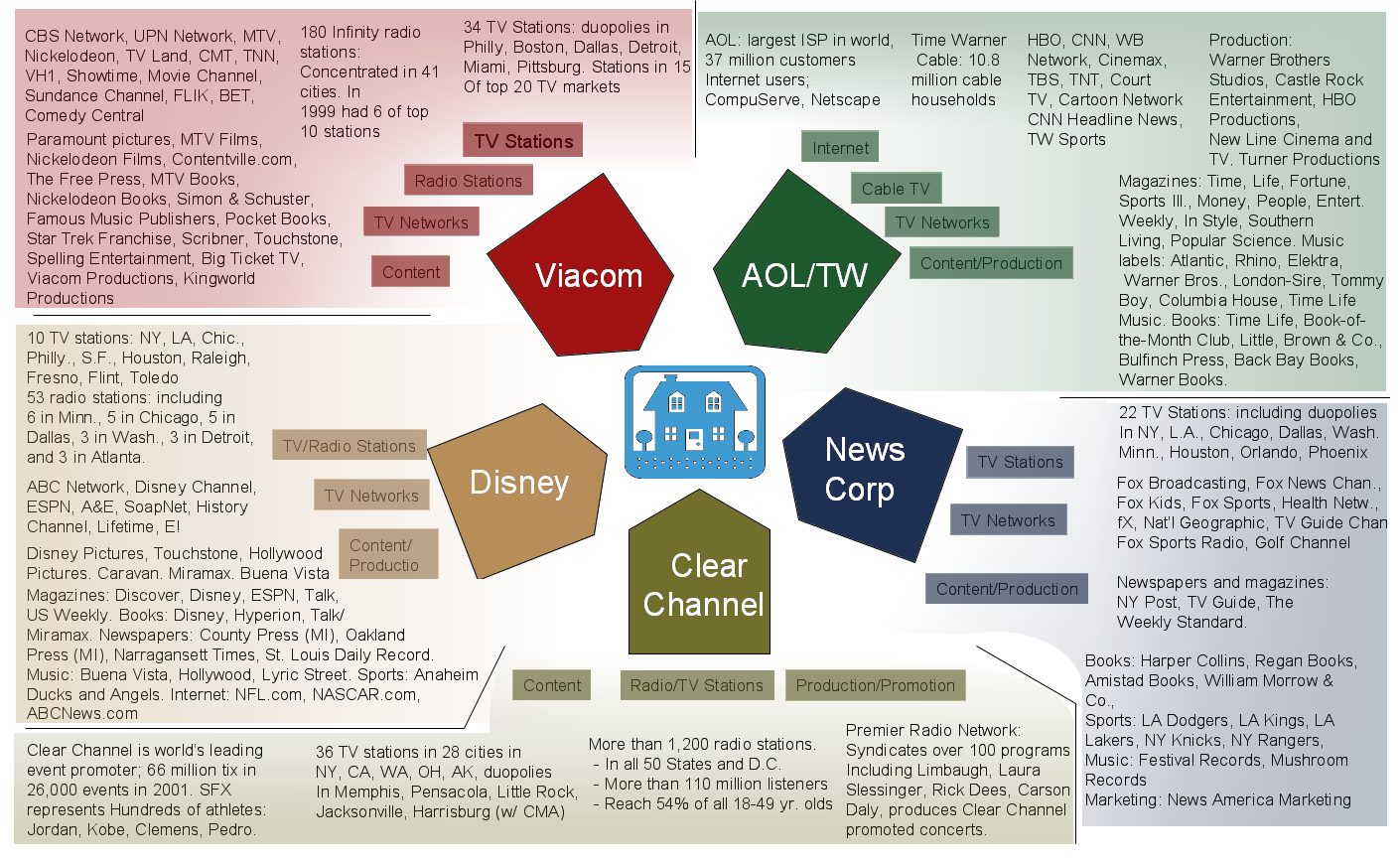The Propaganda Model & The Five Filters of Media
The propaganda model seeks to explain media behavior by examining the institutional pressures that constrain and influence news content within a capitalist system. It flies in the face of theories that argue that journalism is by its nature adversarial to established power. The propaganda model predicts that corporate-owned media will consistently produce news content that serves the interests of established power and money.
The theory was first introduced in 1988 in Edward S. Herman’s and Noam Chomsky’s Manufacturing Consent: The Political Economy of the Mass Media, but their theory has been gaining traction recently as trust in U.S. media has been on the decline. The propaganda model argues that news, in its raw form, passes through five filters before it is passed on to its audience. These filters determine what events are newsworthy, how they are covered, where they are placed within the media and how much coverage they receive.
The five filters are as follows:
Ownership
Corporate media firms share common interests with other sectors of the economy. They therefore, have a stake in maintaining an economic and political climate conducive to the profitability of all their arms. They are unlikely to be critical of political policies that directly benefit them.
Advertising
Advertising is a primary source of income for modern news media. To remain profitable, media must rely on advertising dollars for the bulk of their revenue. So, it is against the interest of the news media to produce content that might antagonize advertisers.
Sourcing
Elite news media companies have the resources to facilitate the news-gathering process by sending correspondents to far-off places, provide photo-ops, new conferences, press releases, etc… Largely, these canned news pieces take advantage of the news media’s need for continuous and cheap news content (you have to fill the 24/7 news cycles somehow). Business leaders, politicians, and government officials are viewed as credible and unbiased sources in this system and fact-checking or otherly costly research is therefore cast aside.
“The mass media are drawn into a symbiotic relationship with powerful sources of information by economic necessity and reciprocity of interest.”
Flak
Flak refers to the negative commentary to a new story or journalist that can work to police and discipline news agencies and those working for them. Stray too far from consensus and flak will get you. Flak includes lawsuits, complaints, petitions, and government sanctions.
Anti-Communism and Fear
This heading can be boiled down to; an external enemy or threat. Manifesting as anti-communism during the Cold War period when Manufacturing Consent was published, this filter still operates. In the post-9/11 political climate, this filter can be better assigned to fear of Muslims and a continuation of fear of Mexicans. This filter mobilizes the population against a common enemy (terrorism, energy insecurity, an entire people) while demonizing opponents as insufficiently patriotic or in league with the enemy.
Examples
Since the publication of Manufacturing Consent, Herman and Chomsky have adopted the theory and have given it a prominent role in their writings, lectures and theoretical frameworks. Chomsky has made extensive use of its explanative power to lend support to his interpretations of mainstream media attitudes towards a wide array of events, including the following:
- Gulf War (1990), the media’s failure to report on Saddam’s peace offers.
- Iraq invasion (2003), the media’s failure to report on the legality of the war despite overwhelming public opinion in favor of only invading Iraq with UN authorization.
- Global warming, the media gives near equal balance to people who deny climate change despite only “about one percent” of climate scientists taking this view.
Wrap-Up
The propaganda model suggests that corporate media ultimately serves a narrow range of self-serving elites. The model allows us as consumers to better understand the institutional pressures that color how activists causes and actions are covered (there’s a reason media outlets focused almost entirely on the trash left behind at the DAPL and recent marches and not on the causes themselves). As Herman himself suggests, “we would like to think that the propaganda model can help activists understand where they might best deploy their efforts to influence mainstream media coverage of issues.”






